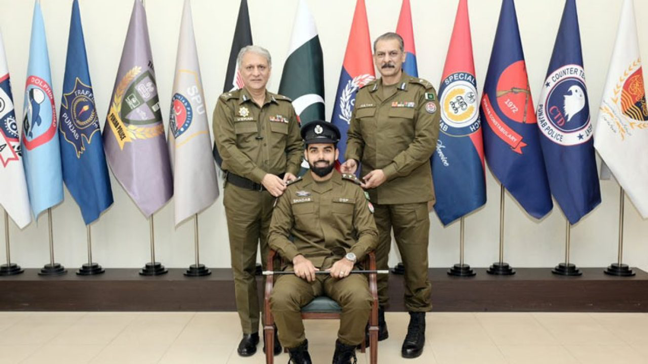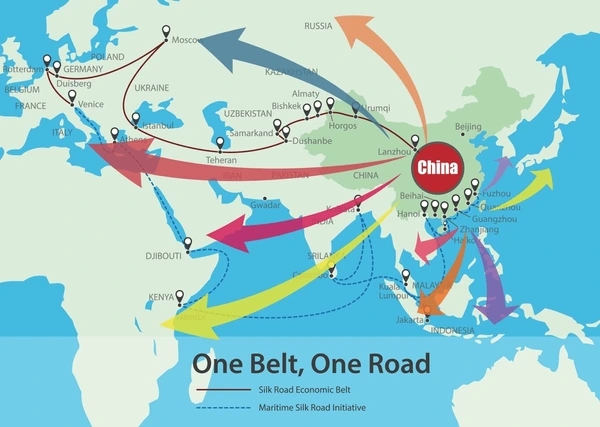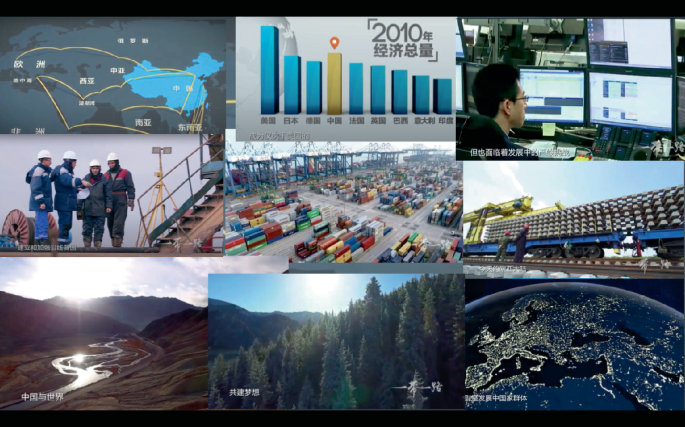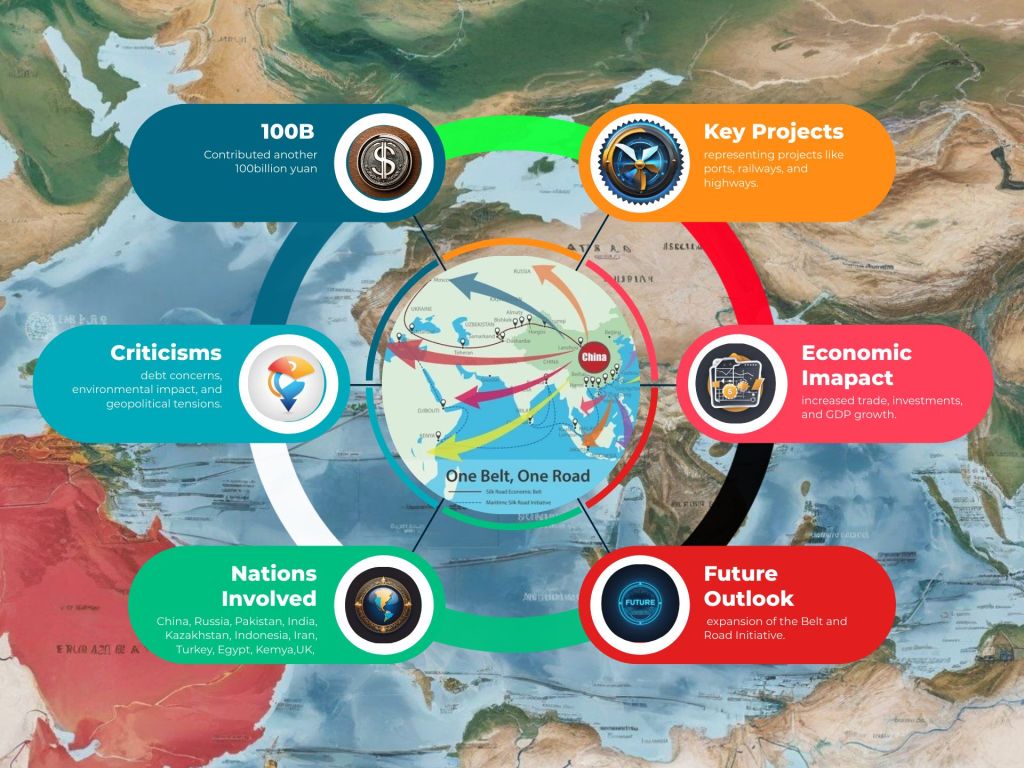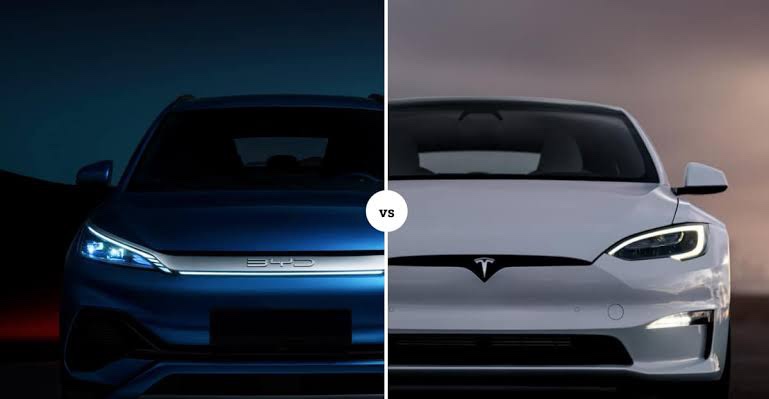
For a world in which mobility is the most essential item, safety is another growing concern, but especially for women and children. A new, innovative ride hailing app, Safher has come in to revolutionize the industry. Unlike global players such as Uber, Careem, InDrive, Safher is built around the idea of empowering women and creating a safer environment for its passengers. And it’s not just a ride; it’s a way to help make commuting safer and more inclusive.
Why Safher? A Mission Rooted in Care
Safher is beyond a business venture, it’s a purpose driven initiative. The app was created to address a critical need: Daily routines, commutes, women feeling unsafe doing so, parents worried for their children’s safety. Our mission at Safher is to not only make transportation convenient but to do so safely, affordably, and empoweringly.
Designed with a service model for women and children exclusively for a safe ride to a life less clutched, Safher promotes every ride as one step closer to a life free and trustful in public transportation again.
What Makes Safher Stand Out
In a crowded marketplace dominated by apps like Uber, Careem, InDrive, and Yango, Safher carves its own niche with several standout features:
- Exclusive Focus on Safety
At the center of its service, Safher puts women and children. Unlike some of the competitors that serve a general audience, Safher is purpose built to address the specific safety related concerns of these groups.
- AI-Driven Personalized Offers
Safher’s special feature is the use of artificial intelligence to improve the customer experience. While travelling, passengers are similarly notified through pop ups of nearby restaurants or services which can offer them customized deals based on their preferences. An example is when a passenger can locate a discount in a nearby café during his/her ride, making it about more than transportation, it becomes an experience.
- Empowering Women Drivers
Safher promotes and supports women competitors while his competitors sometimes field female drivers. Not only does this empower women drivers to get rides safely, but it also enables them with economic independence and confidence.
- Affordability Without Compromise.
What’s uber and yango’er frustration with surge pricing during peak hours. Safher removes any unpredictability with predictable and affordable fares. Aside from that, it also has exclusive first ride discounts and loyalty programs for regular users.
- Localized Approach
Contrary to a global template, Safher shapes its services to local cultural and social contexts. The app understands and cares for the peculiar needs of its community in cities like Lahore, Pakistan and delivers service that strikes a chord with the users.
How Safher Compares
Unlike other ride hailing apps designed to serve everyone, Safher’s is unique; it has a targeted approach.
- However, Uber and Yango offer global scalability without specific, safety focused features for working with women and children.
- Some region specific options are there from Careem like Careem Women but it is implemented sparsely.
- Along with negotiable fares like InDrive, Safher prioritizes safety and a tailor made experience more.
Safher isn’t about being the next Uber, it’s about challenging the current definition of what it means to offer a secure, reliable, and empowering transportation option.
A Marketing Masterpiece
The way in which Safher connects with its audience is almost as important as the service itself.
- Social Media Engagement
Facebook and Instagram are the platforms with which Safher reaches its audience by using attractive posts, short video ads, and interesting captions to suit search engines.
- Search Engine Optimization (SEO).
Safher ensures its online visibility using organic strategies. Blog posts aimed at SEO, keywords and hashtags to build trust and authority, or bringing users who are looking for secure transportation options.
- Search Engine Marketing (SEM)
Safher’s paid campaigns on Google Ads are built for the purpose of reaching specific demographics for quick, trackable results. It has a PPC strategy that includes the use of video and display ads for the greatest effect.
- Data-Driven Campaigns
Also using analytics, Safher optimizes its marketing strategy by following key metrics including Cost Per Click (CPC), Click Through Rate (CTR), and Return on Ad Spend (ROAS) as we want to make sure marketing is efficient and reaching the right audience.
Redefining Ride-Hailing
Ride-hailing app Safher is more than just another app, it’s a promise. With a focus on women and children, an innovative AI feature, and affordablity and no compromise, Safher is creating a new benchmark in the industry.
Its mission is clear: to make a women empowered, her safe and convenient in a manner no other app has done before. And it’s not just safe for her, it’s transformative.
